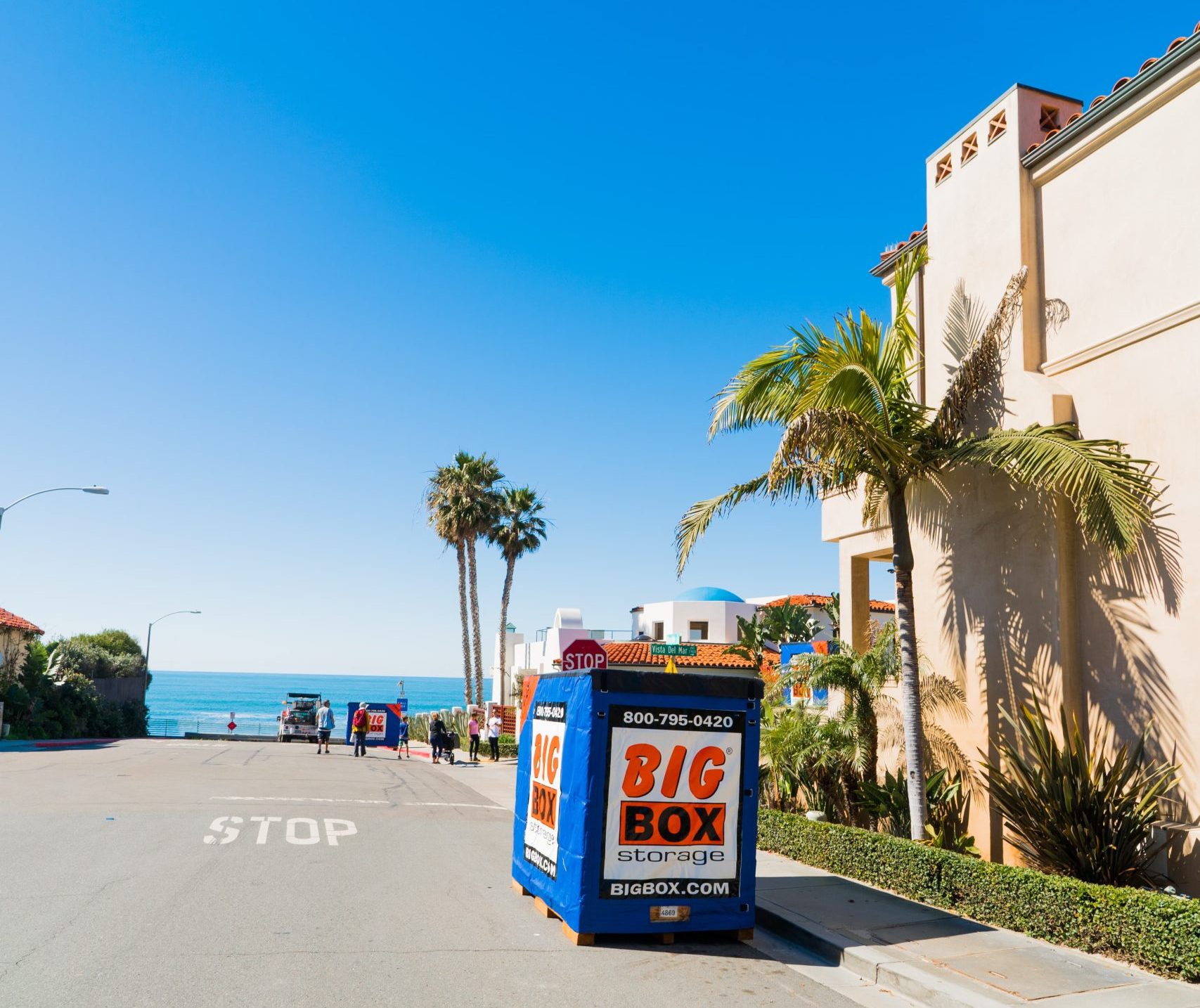Storing electronics doesn’t have to be stressful! With a little planning, you can keep your devices safe and in great condition, whether moving or storing them long-term. Here’s an easy guide to help you out:
- Give Everything a Quick Clean
Dust and dirt might seem harmless, but they can damage your electronics by clogging vents or causing scratches. Wipe down your devices before packing them to avoid these issues. Dust can also create static electricity that could fry your equipment, so cleaning is a must. - Unplug and Organize Cords
Before packing, disconnect all cables and cords. Tangled or yanked wires can damage sockets and ports. Wrap each cord neatly, label them, and store them in a small bag or container. Don’t forget to remove batteries from devices since they can leak and cause serious damage over time. - Pack Like a Pro
If you still have the original box, use it. Those boxes are designed to protect your electronics perfectly. If you don’t have the original packaging, wrap devices in soft materials like cotton towels or sheets to prevent scratches. Use bubble wrap or crumpled paper to fill gaps in boxes so everything stays snug. Avoid plastic wrapping because it traps moisture and can lead to mold. - Pick the Perfect Spot for Storage
Electronics need to be stored in a space with a stable temperature between 50 and 80°F. Extreme cold or heat can cause damage, and moisture is a big problem. If you don’t have access to climate-controlled storage, use a dehumidifier to keep things dry. - Handle with Care
When moving electronics, try to transport them in your car instead of a moving truck. Your car offers a smoother ride and a more stable temperature, keeping your gadgets safe and sound. - Label and Stack Smartly
Before you start stacking boxes, take a few extra minutes to label them. Write down what’s inside each box so you don’t have to dig through everything later. Stack heavier boxes at the bottom and lighter ones on top to avoid any accidents.
Need more tips or help with your storage needs? Contact Big Box Storage. We’re here to make storing your electronics and other belongings as easy as possible. With our best price guarantee, you’ll save money while keeping your items safe.

